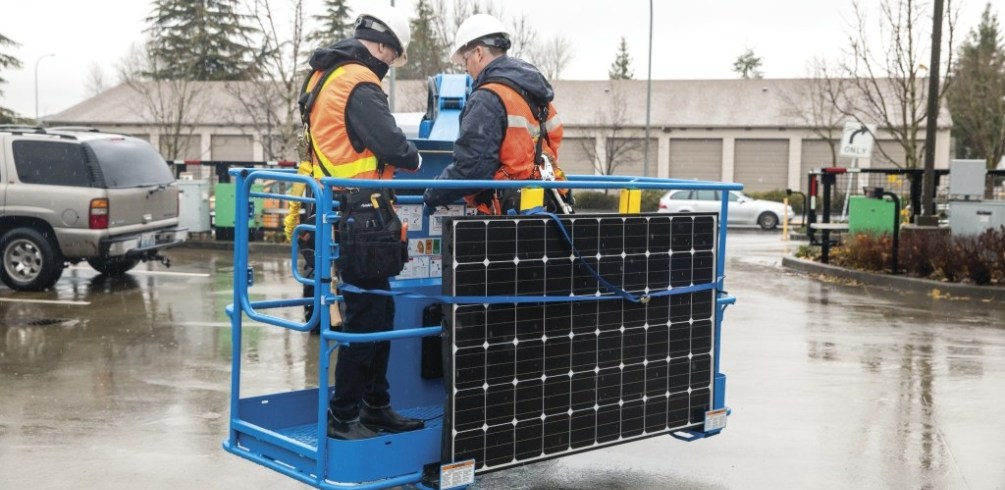What Type of Harness Do I Need to Operate a Genie® Aerial Lift?
by Randy De Coteau - Product Safety Engineer On May 16, 2019, 00:00 AM
Subscribe To Aerial Pros
Filter by tags
The Occupational Safety and Health Administration (OSHA) was created in 1970 to assure safe and healthful working conditions for working men and women by setting and enforcing standards and by providing training, outreach, education and assistance. Jobsites using aerial equipment, including Genie® lifts, fall under the jurisdiction of OSHA, and the agency mandates regulations that aerial operators must adhere to. For instance, OSHA’s Aerial Lift Regulation requires all occupants in boom‐supported mobile elevating work platforms (MEWPs), which includes Genie Z® articulated, S® telescopic and TZ™ trailer-mounted booms, to wear personal fall protection with the lanyard attached to the designated anchorage whenever they are in the platform.
Under the OSHA Aerial Lift Regulation, the employer, user and operator of the lift are all responsible for providing approved fall protection for employees. A personal fall arrest system used on a boom type aerial lift cannot allow the operator to fall more than 6 ft, exceed 1,800 lb arresting force or allow the operator to come into contact with any lower surface. A body belt used in a fall arrest system or with a self-retracting lifeline/lanyard is not allowed on any aerial lift.
The following is a list of specific personal fall protection equipment options for boom-supported MEWPs in North America:
- Full body harness with fall restraint system.
- Full body harness with self‐retracting lifeline/lanyard system.
The self‐retracting lifeline/lanyard can be used when the platform height is above the lanyard manufacturer’s minimum anchor elevation point and when other factors, listed below, have been taken into consideration.
- Full body harness with double lanyard (fall arrest and fall restraint). The fall restraint lanyard shall be used during travel and when platform height is below the calculated total fall distance. The fall arrest lanyard can be used when the platform height is above the calculated total fall distance and when other factors, as listed below, have been taken into consideration.
- Body belt with fall restraint arranged so that the employee is not exposed to falling any distance outside the platform.
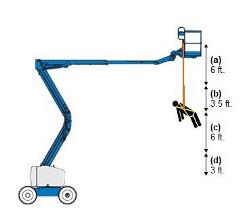 In this example, the total fall distance is 18.5 ft.
In this example, the total fall distance is 18.5 ft.
When calculating the total fall distance, take into consideration the following:
- Lanyard free fall distance (a)
- Maximum allowable deceleration distance (b)
- Maximum lock‐up length (for the self‐retracting lifeline/lanyard only) (a+b)
- The height of the operator (c)
- Safety factor (a suitable amount to ensure that the required clearance between the operator and the lower surface is met) (d)
- Any stretch in the lifeline or lanyard outside of the deceleration distance.
- Any harness effects
- Any movement of the platform due to dynamic loading
- Any obstructions under the platform
This information has been obtained directly from OSHA regulations and letters of interpretation, as well as the ANSI standards. Please review the Genie Fall Arrest Guidance Booklet Part No. 233990 Rev A for full details.
As fall protection requirements may change, this list is subject to change without notice. For more information, please contact your State or Federal OSHA agency or your local fall protection supplier.
Related Posts
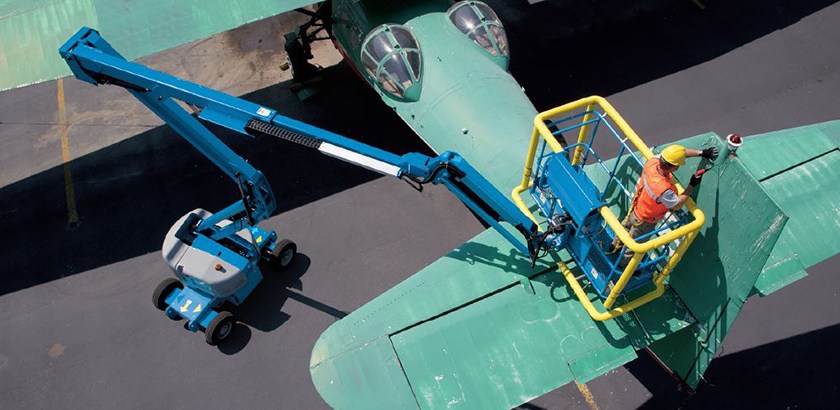
Reaching New Heights in Aerial Lift Hybrid Technology
Power systems for aerial work platforms continue to evolve, just like the machines they drive. It wasn't long ago that engine choices were simply: "Give me a diesel engine for outdoor applications and battery-powered for working indoors."
Continue Reading
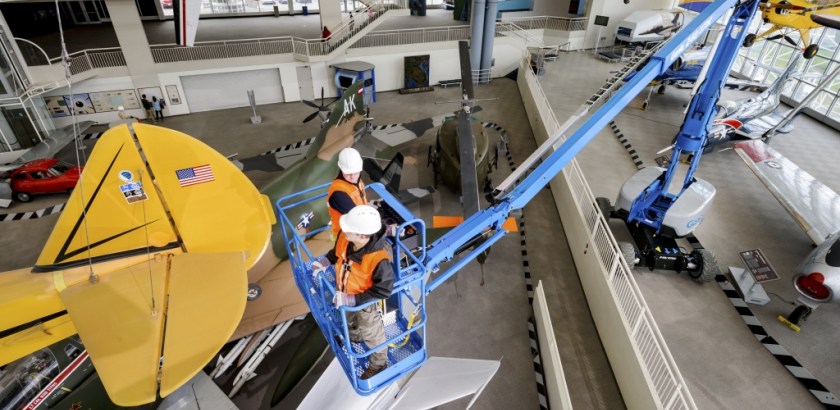
Selecting the Best Aerial Lift to Fit Your Jobsite Needs
While every jobsite has its unique challenges and requirements, there are a few key elements that will help you determine the best fit machine for the job.
Continue Reading
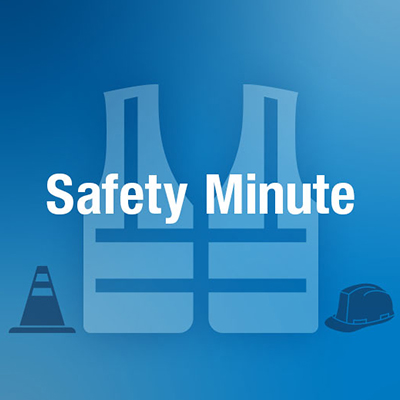
Genie Safety Minute: Load Sense
Genie Safety Minute is intended to facilitate health and safety discussions on the job site.
Continue Reading


